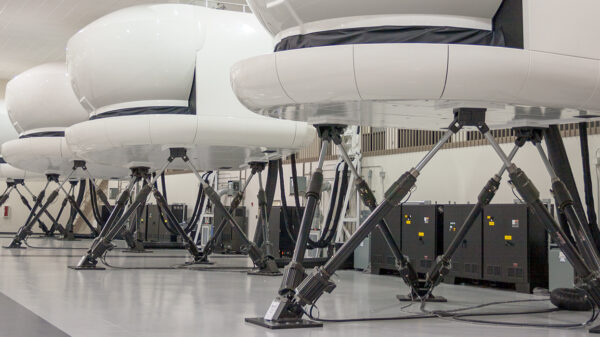If you’re a private pilot, mastering your descent is crucial to ensuring a safe and comfortable arrival at your destination.
While modern aviation has introduced advanced technologies and automation, there’s a timeless rule that early jet pilots, like the ones you’ve seen in movies such as Top Gun, used to navigate their descents efficiently.
In this article, we’ll unveil this rule and show you how to apply it to your piston-powered aircraft.
The 60 to 1 Rule: Your Descent Strategy Simplified
Before the era of cockpit automation and complex abbreviations like VNAV and TOD, jet pilots relied on a straightforward principle known as the “60 to 1 rule” to plan their descents effectively. This rule remains just as relevant today for private pilots looking to improve their descent planning skills.
What is the 60 to 1 Rule?
The 60 to 1 rule is based on the concept that the circumference of a circle with a radius of 60 nautical miles is a little over 360 nautical miles. This simple principle allows you to calculate your descent rate with ease. Specifically, it tells us that a one-degree pitch change at a distance of 60 nautical miles is equal to one nautical mile, or approximately 6,074 feet.
Applying the Rule
To apply the 60 to 1 rule effectively, follow these steps:
- Determine the altitude you need to lose.
- Multiply that altitude by three (3x).
- Add the mileage required to configure and land.
Let’s break it down with an example: Suppose you’re flying at 11,000 feet over the Sierras and need to descend to a 1,000-foot pattern altitude on the California coast. Your descent calculation would be:
Altitude to lose: 10,000 feet (10 x 3). Mileage for configuration and landing: 5 miles
So, you would start your descent approximately 30 miles from your destination (10,000 + 5).
Calculating Your Descent Rate
Once you’ve determined your descent starting point, it’s essential to calculate your descent rate. To do this, apply a comfortable yet efficient pitch attitude of 3.3 degrees nose down. For every one nautical mile you cover, you’ll descend approximately 100 feet.
In our example, with a 3.3-degree pitch change, you’ll achieve a descent rate of approximately 2,331 feet per minute (333 feet x 7 miles per minute).
Monitoring Your Progress
As you descend, keep a close eye on your progress. Every couple of thousand feet, reevaluate your position using the 60 to 1 rule. For instance, when you reach 6,000 feet from your initial altitude of 11,000 feet, you should be approximately 20 miles from your destination (5,000 feet x 3 plus 5 miles).
The Advantages of Using the 60 to 1 Rule
Why should you bother with manual descent calculations when modern aircraft come equipped with advanced automation systems? Here are some compelling reasons:
- Crosscheck Automation: While automation is a valuable tool, relying solely on it can lead to complacency. Using the 60 to 1 rule as a crosscheck ensures that your automated systems are performing correctly and gives you peace of mind.
- Precision and Control: The 60 to 1 rule empowers you with precise control over your descent rate and position. It allows you to tailor your descent to match your aircraft’s capabilities and the prevailing conditions.
- Safety and Comfort: By applying this rule, you can avoid abrupt descents that can be uncomfortable for passengers and put additional stress on your aircraft’s engines. It helps you achieve a smooth and safe descent.
- Adaptability: Whether you’re flying a jet or a piston-powered aircraft, the 60 to 1 rule is universally applicable. It’s a versatile tool that private pilots can use in various situations.
In Conclusion
As a private pilot, you can enhance your descent planning and execution by adopting the time-tested 60 to 1 rule. This straightforward guideline allows you to calculate your descent rate accurately, ensuring a comfortable and safe arrival at your destination.
While automation has its merits, having manual skills like this at your disposal not only improves your piloting abilities but also honors the legacy of those early jet pilots, just like Maverick from Top Gun. So, the next time you find yourself descending to a new destination, remember this rule and descend like a pro!









